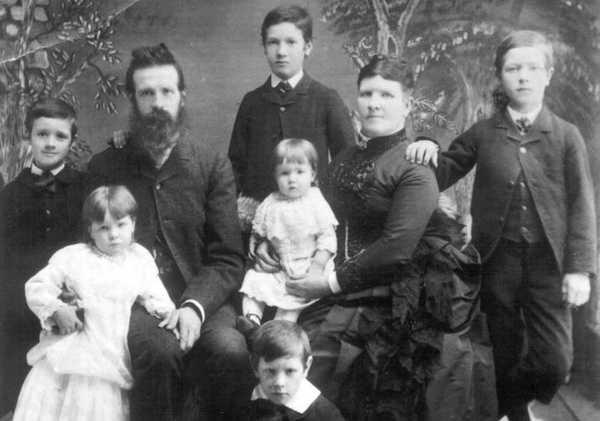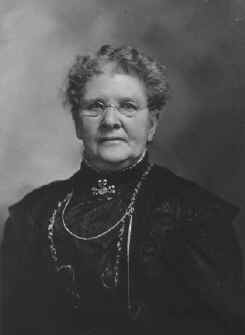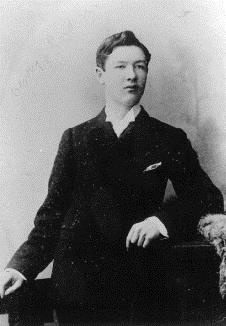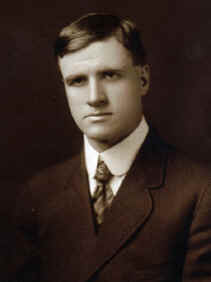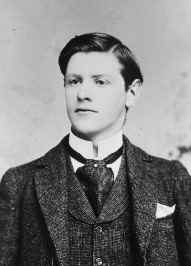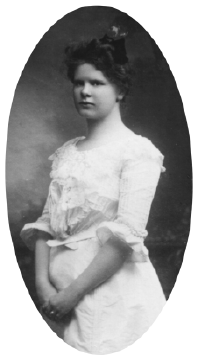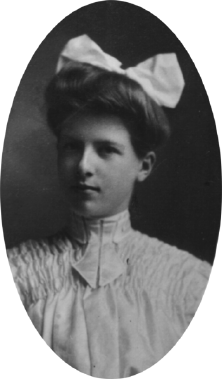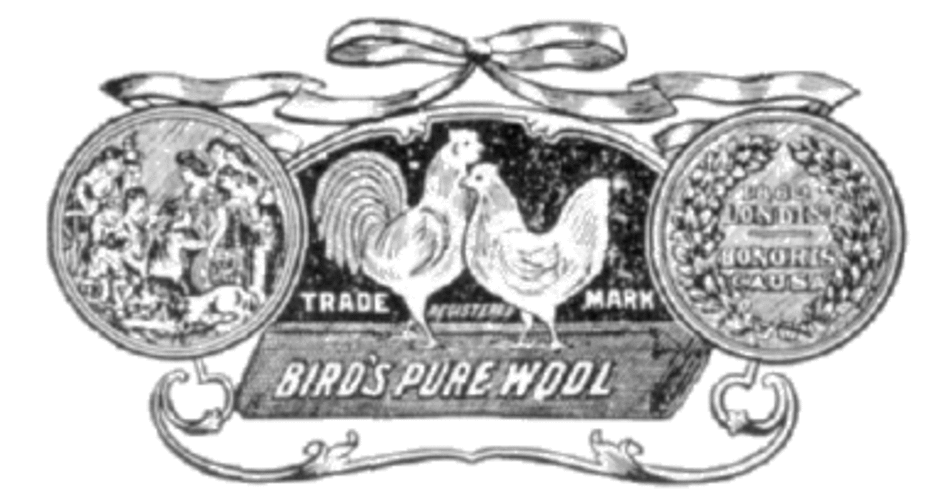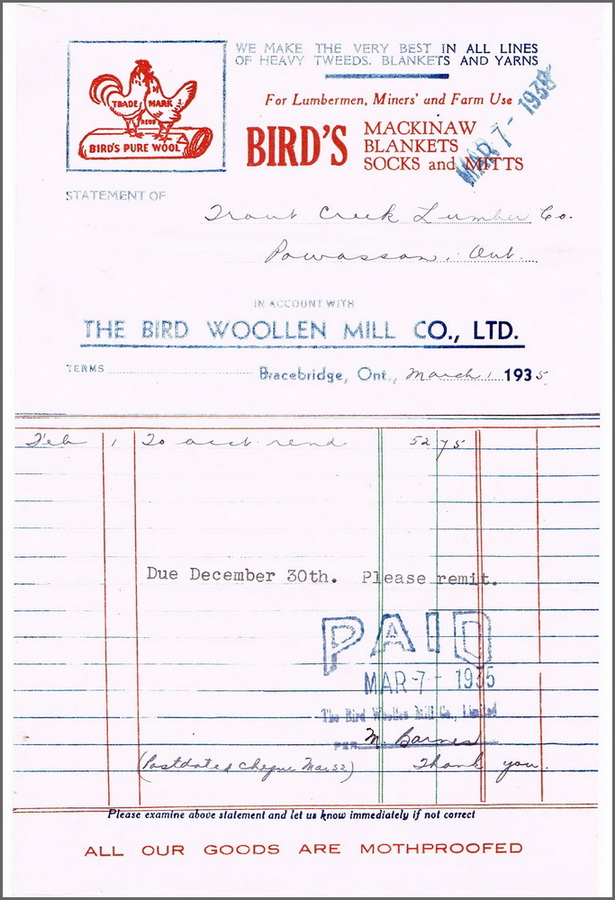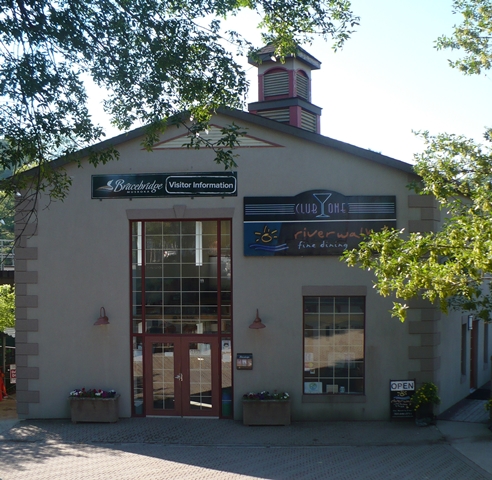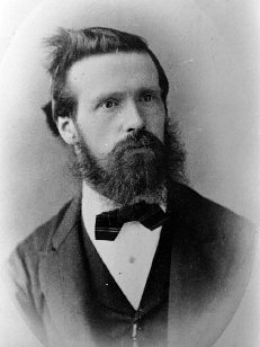
Henry J. Bird was born in Woodchester, Gloucestershire, England, on January 3, 1842. The son of Oliver and Catherine (nee Lister) Bird, and the youngest of eleven children.
Henry’s father, Oliver Bird, owned a textile mill in the Stroud Valley, England, and made fine broadcloths, officer’s scarlets and billiard cloths.
In his early twenties, Mr. Bird left England to travel to Australia and then to the United States. He decided to settle in Canada and in 1867 began working as a boss weaver for the Rosamond Woollen Company in Lanark County, Ontario. He spent three years in Lanark County and while there married his first wife, Sarah Jane Fraser, on December 25, 1868. In 1869, he decided to buy his own mill in Glen Allen, Ontario on the Conestoga River.
In the spring of 1870 and again in 1871, the mill was flooded out by a great rise in the water level. It was at this time Mr. Bird decided to move his family to Bracebridge. Just prior to the move Mr. Bird suffered the tragic loss of his wife, their three year old daughter Elizabeth and six month old son, who all died of tuberculosis.
In 1872, Mr. Bird relocated the woollen mill to the upper part of the north side of the falls in Bracebridge.
On June 4, 1873, Mr. Bird married Miss Mary Matilda Ney, of Glen Allen, Ontario and the newlyweds made their home above the mill in Bracebridge.
As the woollen manufacturing business increased, it became necessary to make more use of the floor space in the mill building and within a few years, Mr. Bird set about planning a separate home for his family.
Henry J. Bird was a mindful business man. He was always well aware of any developments in the techniques of woollen manufacturing but beyond that he sought explanations for new scientific inventions and wanted their benefits to be widely enjoyed.
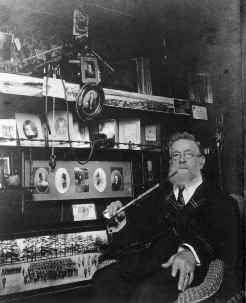

Mr. Bird was determined to give Bracebridge the ability to use piped water for domestic use as well as for fire protection. He was the captain of the first fire company in 1876 and he arranged a system for the mill pumps to give added pressure to town water mains for firefighting purposes.
Mr. Bird played an integral role in the decision making process to inaugurate the municipal electric system in 1894. The Bird Woollen Mill also allowed the Town of Bracebridge to draw water from the head race at the Bird Woollen Mill for power and fire fighting purposes.
Henry J. Bird served as a Bracebridge Councillor, first for the village of Bracebridge in 1878, then as a Town Councillor in 1901, 1903, 1904, 1906 and 1907.
On January 7th, 1936 Mr. Bird died at the age of 94.












